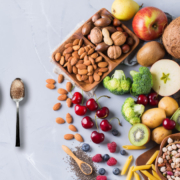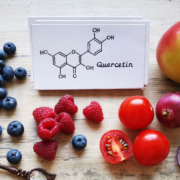Flavonoid Intake Varies by Demographic
Besides the flavonoid intake, another purpose of this study was to find out if there were any socioeconomic differences between high and low flavonoid intake. Before I get to that, here are some of the results of this study.
The age group with the highest flavonoid intake was adults 51–70 with 293 mg/day. As education increased, so did flavonoid intake from 201 mg/day for those not completing high school to 251 mg/day for those with some college. Finally, the flavonoid intake remained the same throughout all three cycles of the study.
Socioeconomic status was correlated with flavonoid intake as well; the higher the status, the higher the flavonoid intake. Race, income, and education were all included in the analysis. But not all flavonoids—just flavan-3-ols. By nature of the analysis, flavan-3-ol intake was directly attributed to tea consumption. (If you want to try to increase your tea consumption, try making Paula’s Sugar-Free Sweet Tea; find the directions in the Recipe section of my Health Info page.)
The researchers were satisfied they had found a link to phytonutrient intake, specifically flavonoids, and non-nutritive factors. To me, it meant something entirely different and I’ll cover that on Saturday.
What are you prepared to do today?
Dr. Chet
Reference: J Nutr 2020;150:2147–2155.









